Content may contain affiliate links. When you shop the links, I receive a small commission at no cost to you. Thank you for supporting my small business.
After painting everything from builder-grade vanities to full kitchen remodels over the years, I’ve tried just about every type of cabinet paint—oil-based, latex, chalk paint, you name it. Some were great. Others? Not so much.
Let’s just say I learned the hard way that not all paints are created equal—especially when it comes to cabinets that take a daily beating.
If you want that factory-smooth, long-lasting finish (without hiring a pro), choosing the right paint makes all the difference. In this post, I’m sharing what’s truly worked for me—plus honest comparisons between the top-rated cabinet paints on the market today.
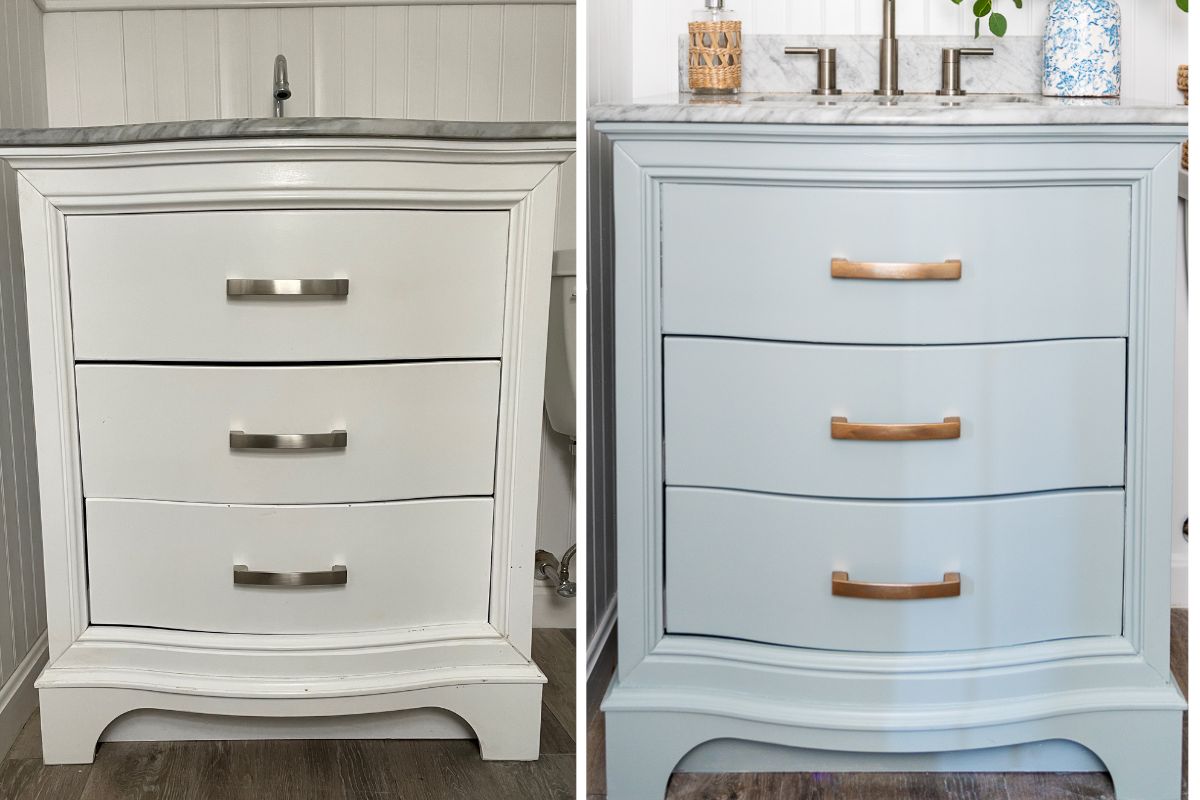
What to Know Before Painting Cabinets
Before we get to the best cabinet paints, let’s cover a few quick essentials:
- Cabinets are high-touch surfaces. If you don’t use the right prep and products, the paint will chip or peel—fast.
- Bonding primer is key. I recommend Benjamin Moore® Stix® Waterborne Bonding Primer for maximum adhesion.
- Application method doesn’t matter as much as you think. Brush, roller, or sprayer can all work if you prep properly and let it cure.
- Curing time is non-negotiable. The #1 reason painted cabinets fail is rushing this step. Give it 2–3 weeks to fully harden.
My Favorite Cabinet Paint: Benjamin Moore Advance
After years of trial and error, my top pick is hands-down Benjamin Moore Advance Waterborne Alkyd. I’ve used it on:
- A full bathroom vanity makeover
- Built-in shelving
- Kitchen cabinets
…and every single time, the results have been beautiful and durable.

Why I Recommend Benjamin Moore Advance
- Incredible leveling: It dries to a factory-smooth finish with minimal brush marks.
- Durable: Holds up to heavy use (kitchen drawers, bathroom humidity, etc.).
- Water-cleanup: Easier than traditional oil paint, but gives the same long-lasting feel.
- Low VOCs: Safer for indoor use.
You can choose from satin, semi-gloss, or high-gloss finishes depending on the look you’re going for. I usually opt for satin or semi-gloss on cabinets.
💡 Pro tip: Let each coat dry for 24 hours and wait at least 2–3 weeks before heavy use. That curing time makes all the difference.
Benjamin Moore Advance vs. Sherwin Williams Urethane Trim Enamel
I’ve also tested Sherwin Williams Urethane Trim Enamel. It’s a solid runner-up and widely used by professional painters—but here’s how the two compare in my experience:
| Feature | BM Advance | SW Urethane Trim Enamel |
|---|---|---|
| Finish | Smoother, fewer brush strokes | Slightly more visible texture |
| Application | Easier to apply with roller or brush | Less forgiving |
| Durability | Excellent | Excellent |
| Clean-up | Soap + water | Soap + water |
I used SW Urethane on my old kitchen cabinets and BM Advance on my bathroom vanity and built-ins. While both held up well, the Advance paint gave me a more professional finish.

Why Alkyd Paint Is the Secret Weapon
Alkyd paints are a hybrid between oil-based and water-based paints. That means you get:
- The durability and hard finish of oil
- The low VOCs and easy cleanup of latex
That’s why paints like Benjamin Moore Advance are ideal for cabinet projects—they check every box.
Should You Spray or Roll?
Either works well. I’ve done both and had great results with:
- Foam rollers for small vanities and built-ins
- HVLP sprayer for smooth, even coats on large surfaces (like kitchen uppers and lowers)
The key is to use light coats and let each one dry thoroughly.
Do You Really Need Primer?
Yes—especially if:
- You’re painting raw wood or stained cabinets
- The existing paint is glossy or oil-based
Use BIN Shellac Primer or Stix Bonding Primer for best results.
My Application Tips for the Best Finish
- Use quality tools: Purdy brushes and high-density foam rollers are worth the investment.
- Sand between coats: Lightly sand with 220-grit sandpaper to smooth out any raised wood grain.
- Don’t rush the dry time: Wait 24 hours between coats and 2–3 weeks for full curing.
- Skip the top coat: With alkyd or urethane enamel, a top coat isn’t necessary.
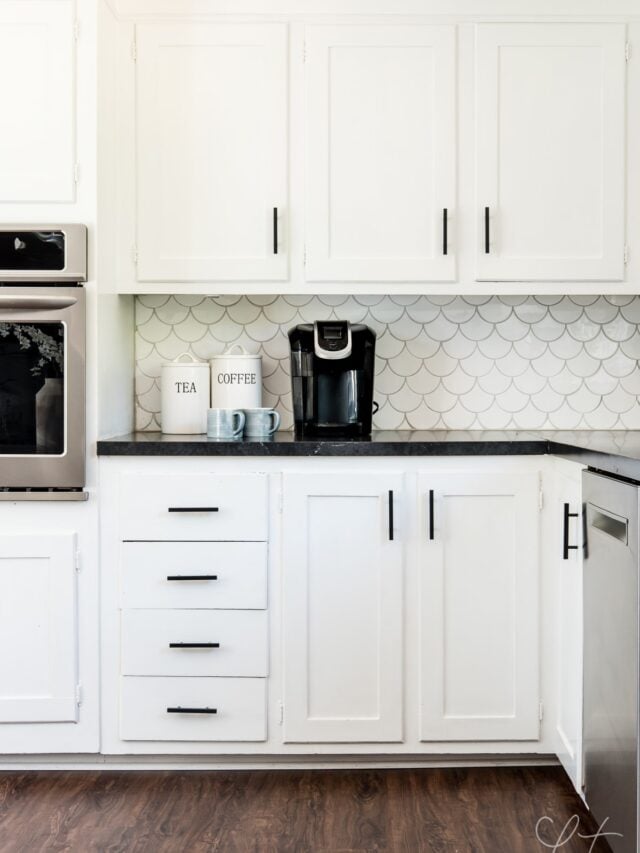
Frequently Asked Questions
Not with Benjamin Moore Advance or SW Urethane Trim Enamel. They cure to a hard, durable finish.
Don’t panic—lightly sand the spot and touch up with a brush. It’ll blend in.
White will always be a classic, but you can also check out my favorite cabinet paint colors here.
Final Thoughts
I’ve painted more cabinets than I can count—and I keep coming back to Benjamin Moore Advance. It’s the most professional-looking paint I’ve used, and it holds up beautifully with time.
Whether you’re painting a bathroom vanity or your entire kitchen, this is the best cabinet paint I can personally recommend.

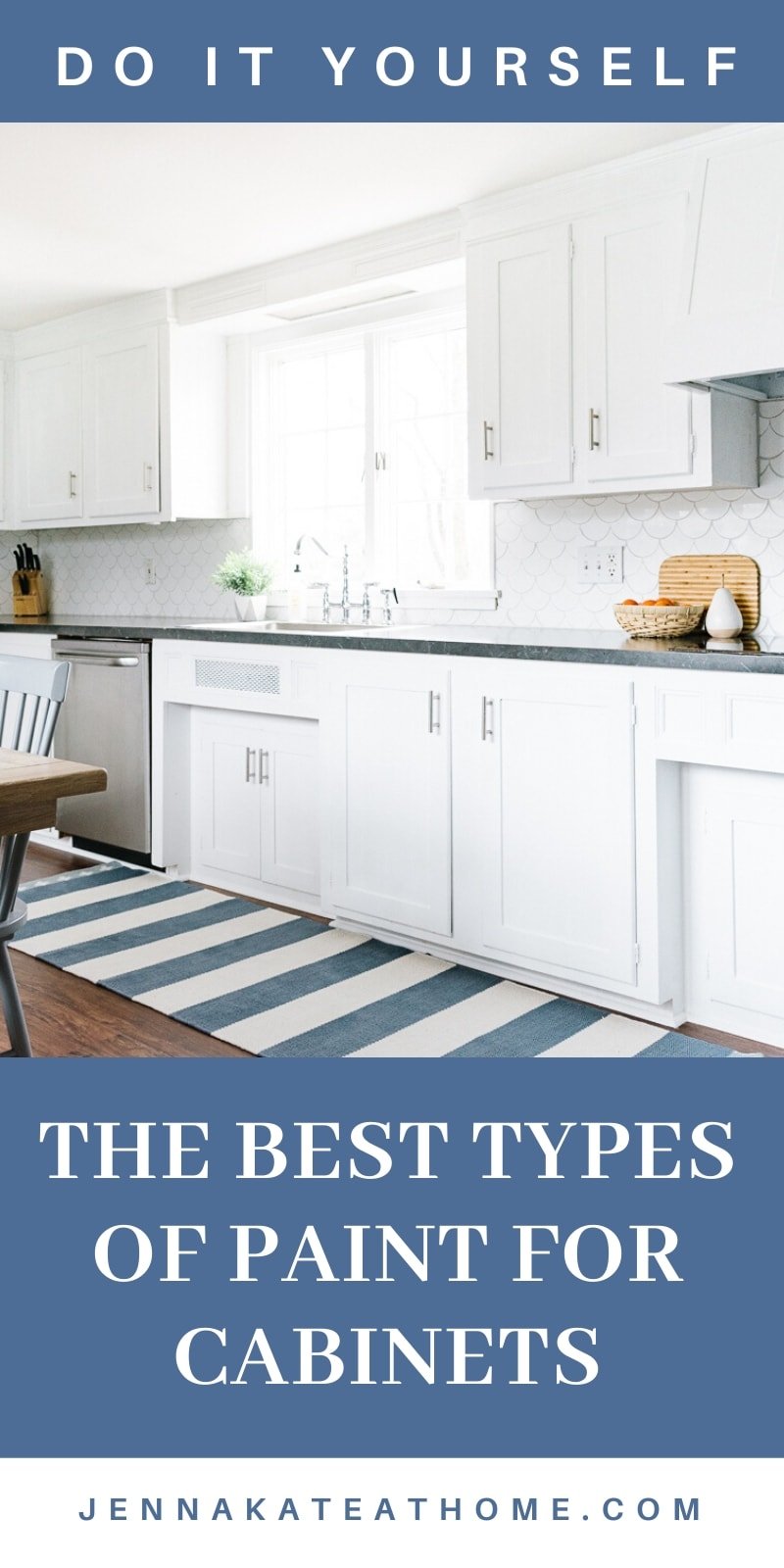
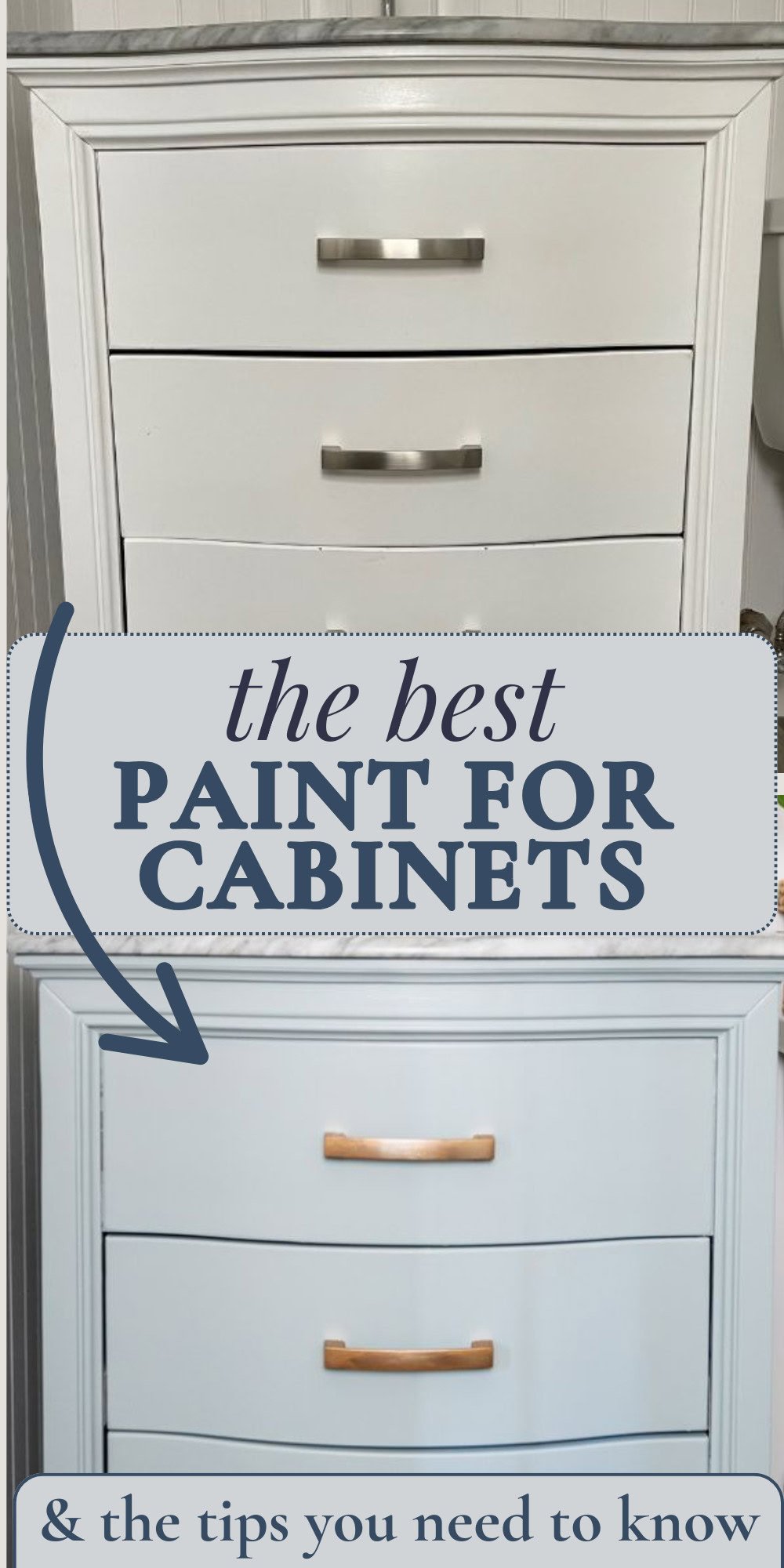
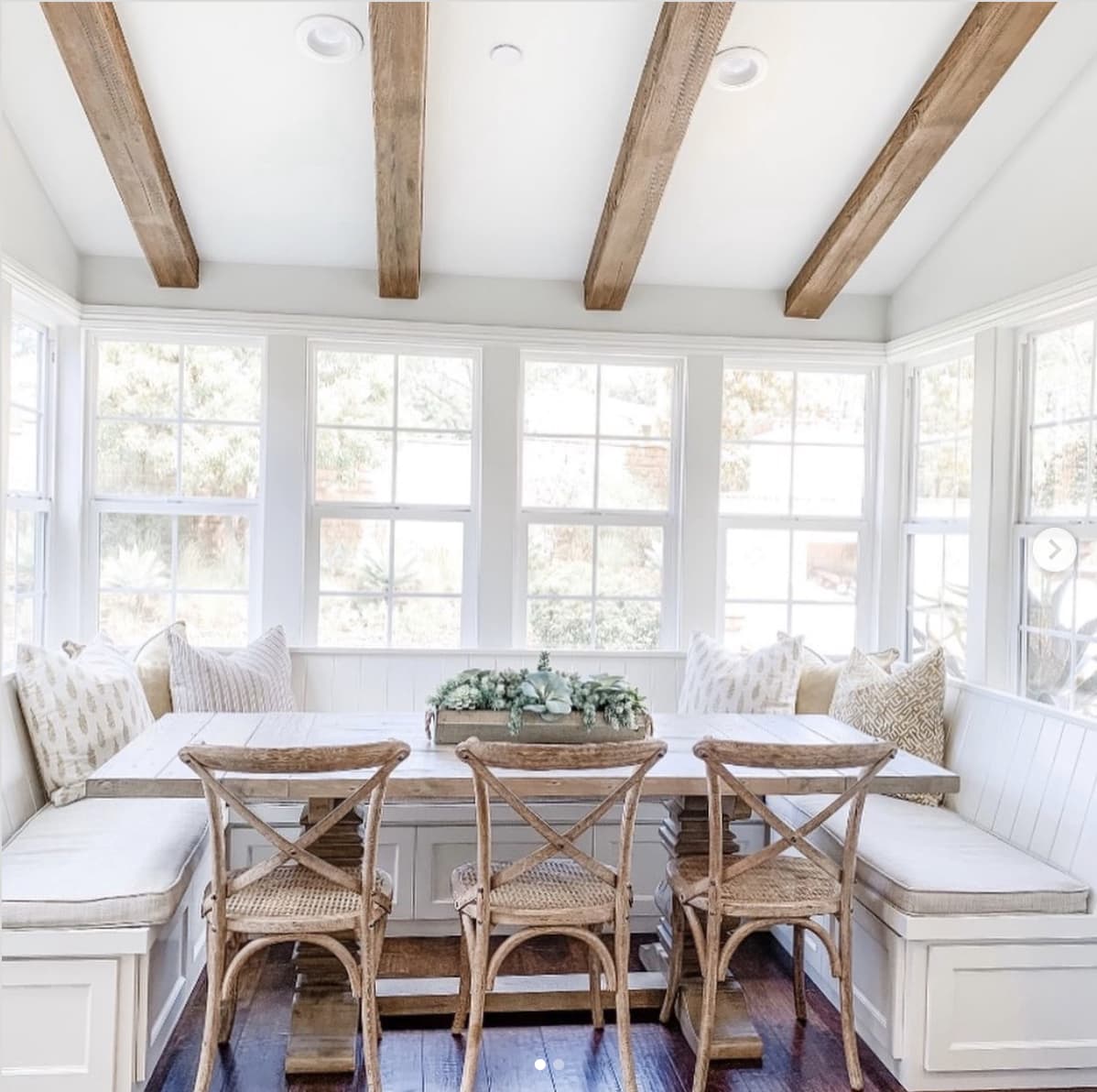

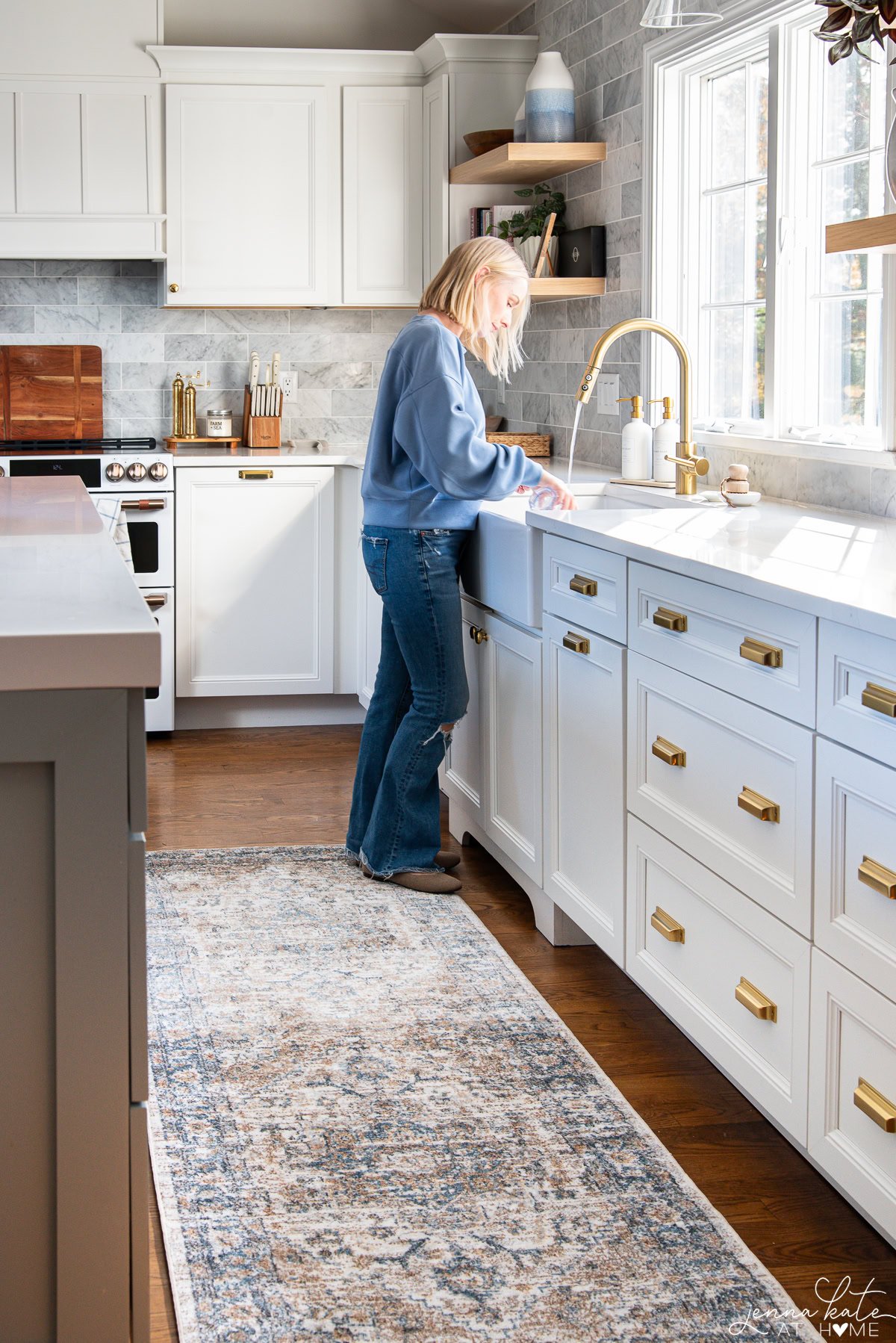


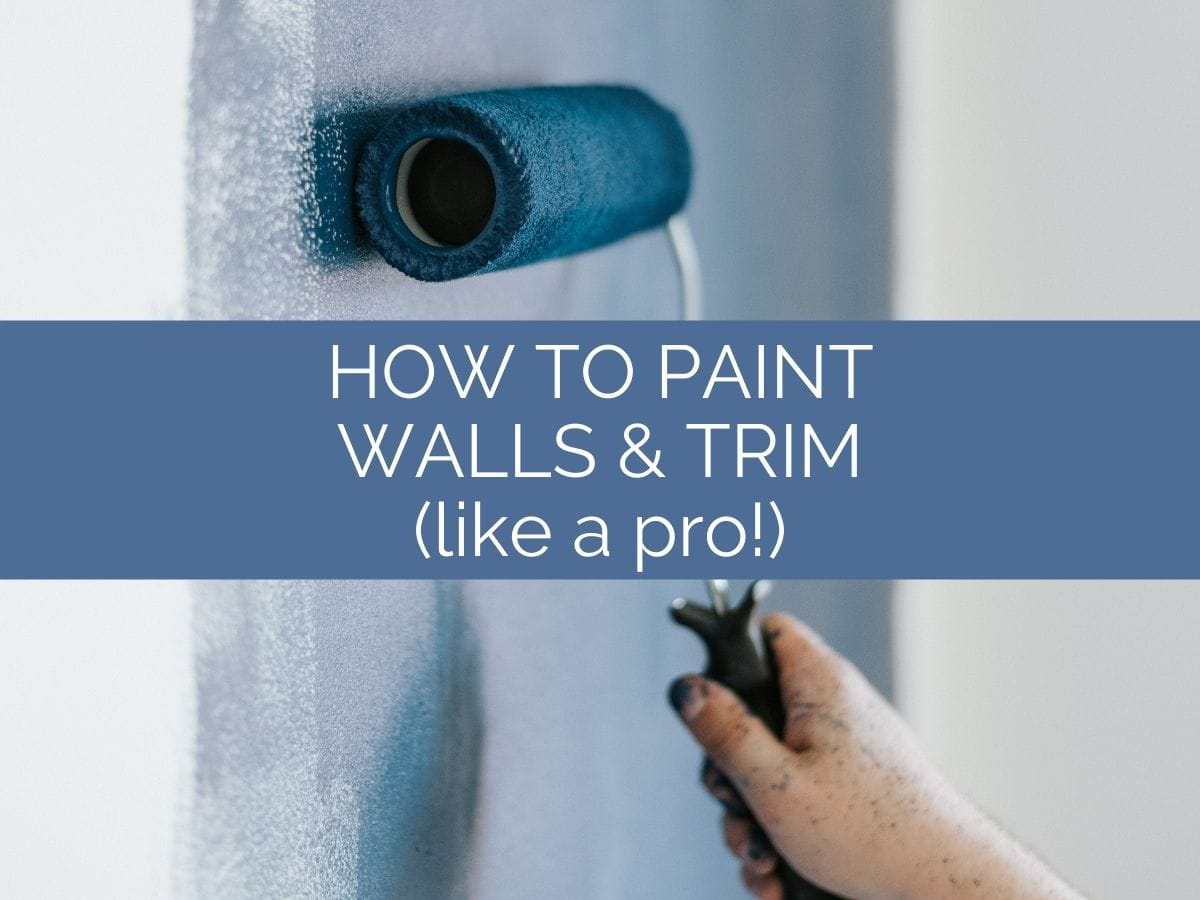

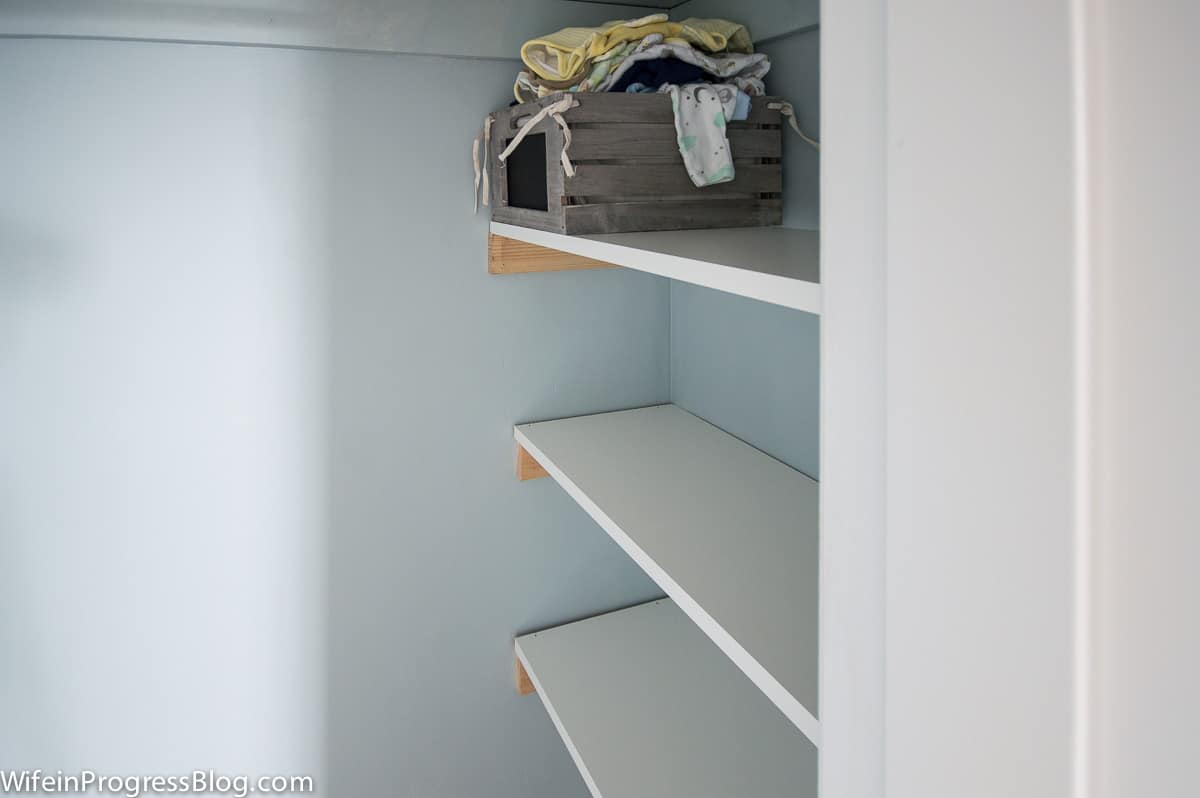
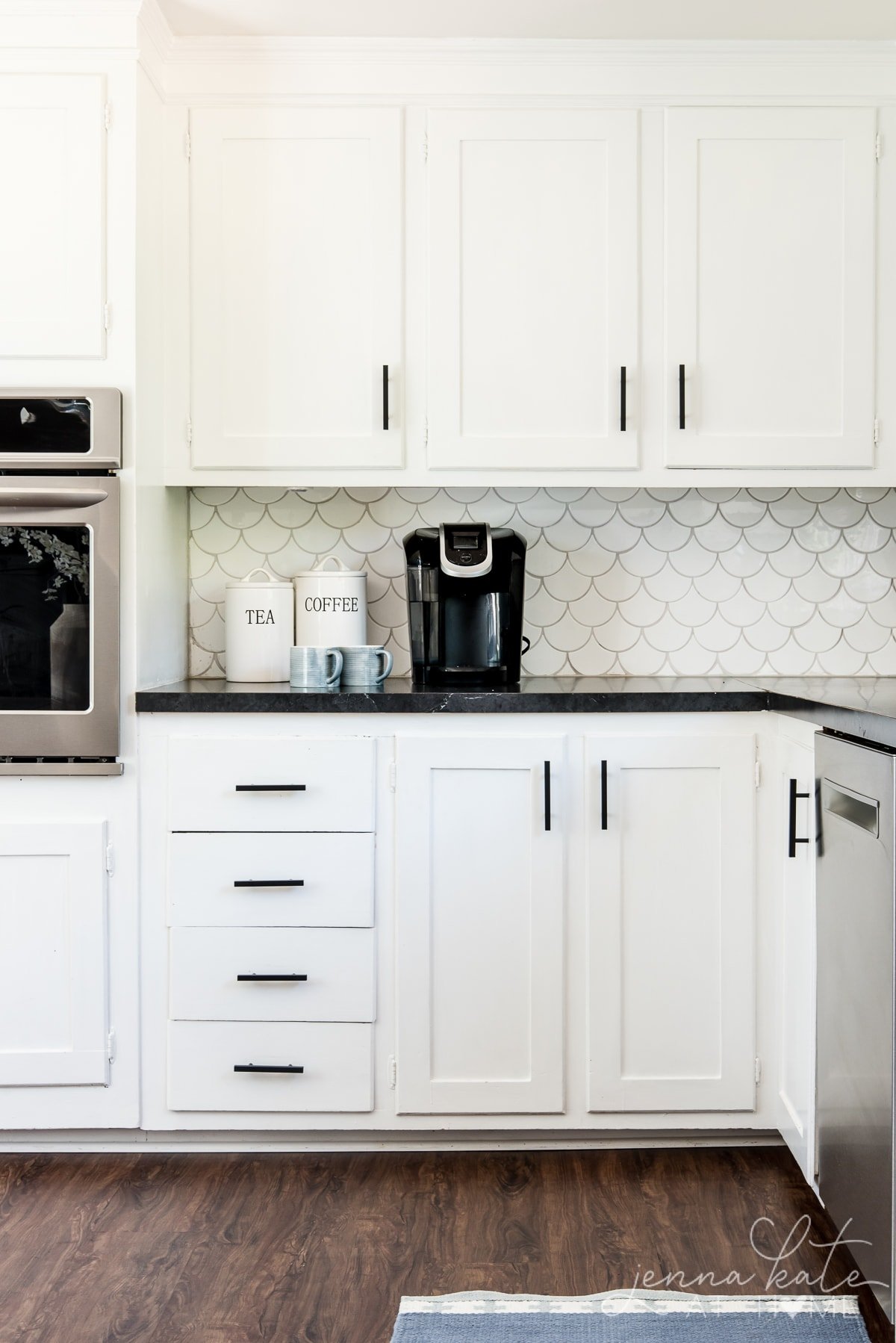

What do I need to do to cabinets that were painted with oil the first time?